Hoods
LovinmyKitchen
12 years ago
Related Stories

KITCHEN DESIGNHow to Choose the Right Hood Fan for Your Kitchen
Keep your kitchen clean and your home's air fresh by understanding all the options for ventilating via a hood fan
Full Story
KITCHEN DESIGNWhat to Know When Choosing a Range Hood
Find out the types of kitchen range hoods available and the options for customized units
Full Story
KITCHEN APPLIANCESThe Many Ways to Get Creative With Kitchen Hoods
Distinctive hood designs — in reclaimed barn wood, zinc, copper and more — are transforming the look of kitchens
Full Story
KITCHEN APPLIANCESWhat to Consider When Adding a Range Hood
Get to know the types, styles and why you may want to skip a hood altogether
Full Story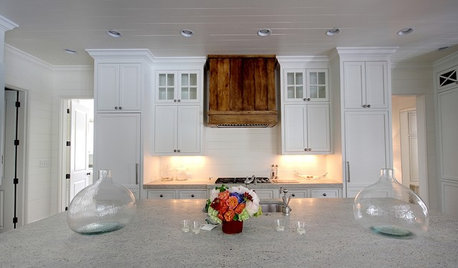
KITCHEN DESIGNWood Range Hoods Naturally Fit Kitchen Style
Bring warmth and beauty into the heart of your home with a range hood crafted from nature's bounty
Full Story
5 Stunning Modern Range Hoods
Today's kitchen range hoods can look like sleek sculptures. Here's what to look for when you go shopping for one
Full Story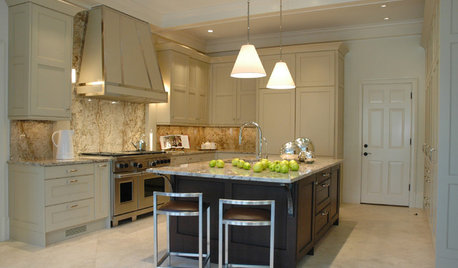
KITCHEN DESIGN8 Industrial-Luxe Kitchen Hood Styles
Make a Statement with Show-Stopping Metal Range Hoods
Full Story
KITCHEN DESIGNA Cook’s 6 Tips for Buying Kitchen Appliances
An avid home chef answers tricky questions about choosing the right oven, stovetop, vent hood and more
Full Story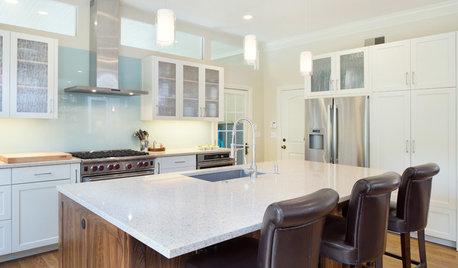
KITCHEN DESIGNModern Storage and Sunshine Scare Away the Monster in a Kansas Kitchen
New windows and all-white cabinetry lighten a kitchen that was once dominated by an oversize range hood and inefficient cabinets
Full Story





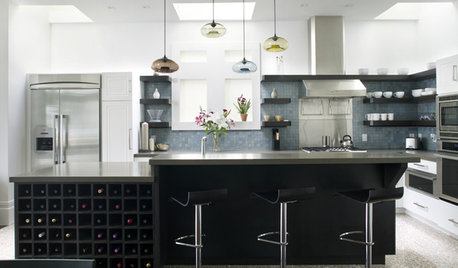
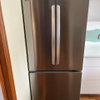

MichelleDT
kaseki
Related Professionals
Ocala Kitchen & Bathroom Designers · Philadelphia Kitchen & Bathroom Designers · Salmon Creek Kitchen & Bathroom Designers · Bay Shore Kitchen & Bathroom Remodelers · Kendale Lakes Kitchen & Bathroom Remodelers · Newberg Kitchen & Bathroom Remodelers · Olney Kitchen & Bathroom Remodelers · Republic Kitchen & Bathroom Remodelers · Middlesex Kitchen & Bathroom Remodelers · Langley Park Cabinets & Cabinetry · Alton Cabinets & Cabinetry · Beaumont Cabinets & Cabinetry · Whitney Cabinets & Cabinetry · Wildomar Cabinets & Cabinetry · Wyckoff Cabinets & CabinetryLovinmyKitchenOriginal Author
davidro1
xyzzy834
LovinmyKitchenOriginal Author
kaseki
davidro1